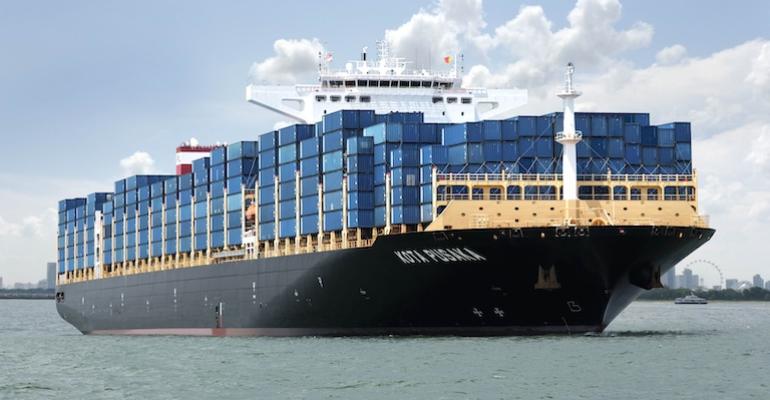Mis-declared dangerous cargoes are a serious problem for container shipping resulting vessels fires that have caused both total constructive losses, and loss of life and injury to crew. Last year saw the X-Press Pearl sink following a cargo fire, while the fire on the Maersk Honam in 2018 resulted in five seafarers losing their lives.
Shipping lines are increasingly turning to software solutions to try and stop mis-declared dangerous cargoes being loaded on the vessel in the first place.
New York based cargo inspection company NCB Group said that PIL was the fourth company sign-up to its Hazcheck Detect tool.
Hazcheck Detect screens cargo booking details for keywords and includes an industry library to enable suspicious bookings to be identified that may be mis-declared or undeclared dangerous goods.
Listen to the latest episode of The Maritime Podcast which focuses on fire safety on containerships and ro-ros:
PIL says that it has seen results in just a few weeks in terms of stopping the loading of mis-declared cargoes. “In just a few weeks of using the tool, we have been able to prevent over 100 containers from being loaded onto our ships that should have been subject to IMDG Code checks,” said Bojarajoo Subramaniam, Assistant General Manager, Operations and Procurement, PIL.
Ian J Lennard , NCB President commented: “Our software division, Exis Technologies has over 35 years of dangerous goods knowledge and experience of high volume IT applications for large container lines.
“As more lines begin using the tool, we can make further improvements like adding additional rules to the tool’s industry rules library from which all container lines can benefit.”
Copyright © 2024. All rights reserved. Seatrade, a trading name of Informa Markets (UK) Limited.
Add Seatrade Maritime News to your Google News feed.  |

